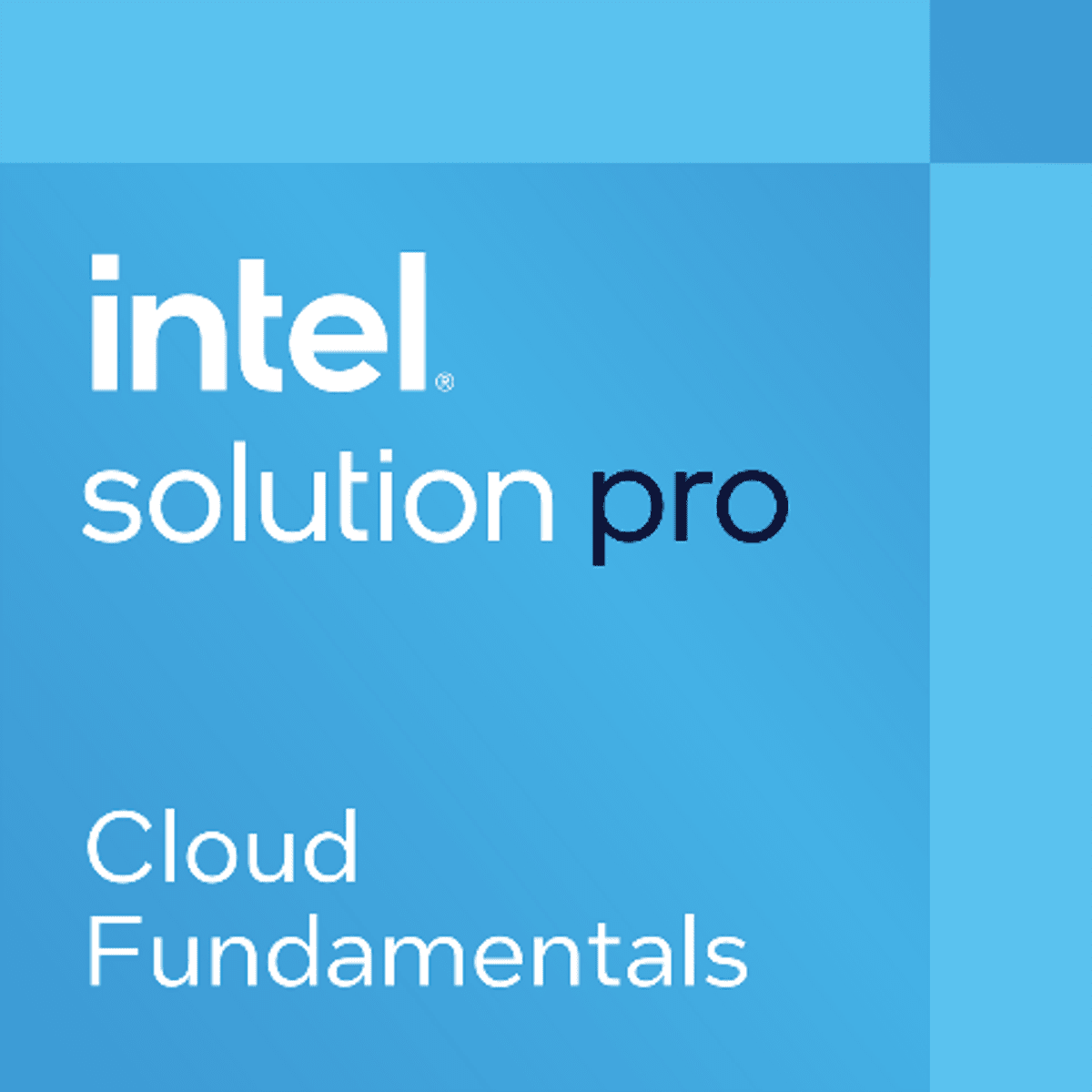Back to Courses









Computer Security And Networks Courses - Page 18
Showing results 171-180 of 277

Web3 and Blockchain Leadership for Transformation
For most of the last century, critical advances in technology were happening inside large, well-funded industrial R&D machines that dotted the Western world. Today’s landscape, however, is very different. Even the largest and most sophisticated corporate leaders can no longer dominate their fields or dictate the pace of development. With companies across sectors seeking to harness the transformative potential of blockchain technologies, the blockchain ecosystem is an exemplar of new models of industry collaboration.
In this course you will learn about various stakeholders in the blockchain ecosystem and the leadership roles they need to play in order to steward the blockchain revolution in global commerce. You will discuss various organizational models and best practices for industry consortia and will explore several examples of consortium projects that are at the forefront of the blockchain ecosystem. You will also explore the themes of standardization and interoperability—two major challenge areas concerning the scalability and throughput limitations inhibiting mainstream enterprise adoption of blockchain in global commerce.
Development of this course was made possible thanks to the generous support of FedEx. Dale Chrystie, Business Fellow & Blockchain Strategist at FedEx, delivers three of the course videos, bringing a real-world industry perspective to the course. The scripts for these videos have been written and/or reviewed by the Blockchain Research Institute and approved by INSEAD to ensure that this content is pedagogically sound, unbiased, and academically rigorous.
Access Controls
Welcome to Access Controls!
The Access Controls Course provides information pertaining to specify what users are permitted to do, the resources they are allowed to access, and what operations they are able to perform on a system. Access Controls help managers limit and monitor systems use at a user level or group membership. You will understand the different access control systems and how they should be implemented to protect the system and data using the different levels of confidentiality, integrity, and availability.
The Access Controls course provides information pertaining to specifying what users are permitted to do, the resources they are allowed to access, and what operations they are able to perform on a system. Access Controls help managers limit and monitor systems use at a user level, and is usually predefined based on authority level or group membership. You will understand the different access control systems and how they should be implemented to protect the system and data using the different levels of confidentiality, integrity, and availability.
Objectives
1. Describe how to implement Authentication mechanisms
2. Identify and operate internetwork trust architectures
3. Describe the process of administering identity management life cycle
4. Implement the different types of access controls (Subject/Object based)

IoT Communications and Networks
By presenting the building blocks of the IoT network architecture, this MOOC will help learners adapt to the fast changing communications and networking environment of IoT.
The IoT world represents billions of sophisticated objects, such as sensors, actuators and meters, that are deployed nearly everywhere, in homes, hospitals, factories, cities, and are connected to the Internet. However, they come with limited capacity in terms of memory storage, computational power and energy; how can these objects then ensure network reliability and timely transmission?
That is what you will learn in this course: how we can set up wireless communications and networking in the IoT to achieve these goals.
This course has received financial support from the Patrick & Lina Drahi Foundation.

Cloud Essentials & Usage
The Cloud Essentials portion of this course will assist the learner in identifying all the critical aspects of Cloud Architecture. At the end of the course they will demonstrate good comprehension of cloud technology and be able to define key XaaS offerings. In addition, key cloud consumption models will be addressed. This Cloud Usage portion of this course helps identify the fundamental enterprise business needs and cloud ecosystem for application development and deployment. The learner will be able to understand the fundamentals of application development concepts as well as the basic considerations for workload placement in cloud environments. In addition, legacy, cloud native, COTS and Open Source applications will be addressed.

IAM Custom Roles
This is a self-paced lab that takes place in the Google Cloud console.
Cloud IAM provides the right tools to manage resource permissions with minimum fuss and high automation. You don't directly grant users permissions. Instead, you grant them roles, which bundle one or more permissions. This allows you to map job functions within your company to groups and roles.

Aruba Networking Basics
In Aruba Networking Basics, you will learn what a basic computer network is, compare local and wide area networks, use cases, and implementation types. Communication over these networks relies on protocols. Once you learn about those, you will be well on your way to understanding network communications and well prepared to learn VLANs and how to configure an Aruba OS Switch! This course includes a free Hands-On Lab to help you comprehend the concepts.
Typical candidates for this course are individuals who are new to networking and want to learn the basics of wired networking.

Linux Fundamentals
This course is the first of a series that aims to prepare you for a role working as an information technology professional. In this course, you will be introduced to the Linux operating system. You will learn about the licensing model and several Linux distributions. We will go through some services delivered in the Linux operating system. We will conclude this course by looking at how to search and analyze text using command line tools in the operating system.

Blockchain: Foundations and Use Cases
This course is the definitive introduction to blockchain for both the developer and non-developer audience. Beyond the technology, this course will introduce you to some of the philosophy behind decentralization and why there is so much excitement around it. Join ConsenSys Academy and course instructor Nick Nelson in this rich-media introduction to the foundations of blockchain.
During the first three modules, you'll be introduced to blockchain and the technology behind it. In module four, we'll go beyond bitcoin and delve deeper into a next-generation blockchain called Ethereum to introduce you to what modern blockchains can do. The use cases featured in the final module are drawn from among the businesses in ConsenSys portfolio. We believe we're uniquely positioned to present you with a valuable behind-the-scenes look at the people and companies working in this space to help give you a better understanding of the business side of blockchain.
Together, we'll examine businesses use cases, hear from industry leaders, and give you the opportunity to develop and analyze a use case yourself. With this course, not only will you be the one who is able to explain blockchain to your colleagues, you'll be well on your way to making educated business decisions with your new, foundational understanding of the technology.

Juniper Networks Automation Using Python and PyEZ
This course will introduce you to fundamental concepts of a programming language called Python. After introducing you to Python concepts, the course describes how to apply those concepts to network automation using Junos PyEZ, a free Python library from Juniper Networks. This course demonstrates using Python and Junos PyEZ to automate the management of Junos OS devices.
Systems and Application Security
Welcome to Systems and Application Security Course!
In the Systems and Application Security Course, you will gain an understanding of computer code that can be described as harmful or malicious. Both technical and non-technical attacks will be discussed. You will learn how an organization can protect itself from these attacks. You will learn concepts in endpoint device security, cloud infrastructure security, securing big data systems, and securing virtual environments.
Objectives
1. Identify malicious code activity
2. Describe malicious code and the various countermeasures
3. Describe the processes for operating endpoint device security
4. Define mobile device management processes
5. Describe the process for configuring cloud security
6. Explain the process for securing big data systems
7. Summarize the process for securing virtual environments
Popular Internships and Jobs by Categories
Find Jobs & Internships
Browse
© 2024 BoostGrad | All rights reserved
